A history of social justice

Across eight decades, the Ford Foundation has invested in innovative ideas, visionary individuals, and frontline institutions advancing human dignity around the world.
Learn more about our work in civil rights, education, arts and culture, human rights, poverty reduction and urban development and see some of our key foundation milestones below.
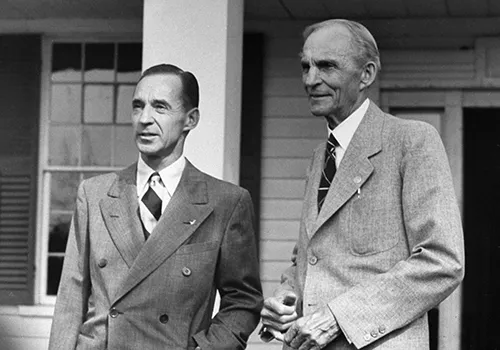
1936
Founded
The Ford Foundation is chartered in Michigan by Edsel Ford, with an initial gift of $25,000 to be used “all for the public welfare.”
1947
Growth and opportunity
After his father and grandfather pass away, Henry Ford II, Edsel’s eldest son, assumes foundation leadership. Their bequests turn Ford into the world’s largest foundation.
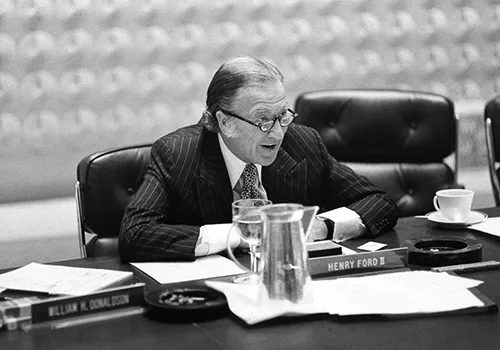
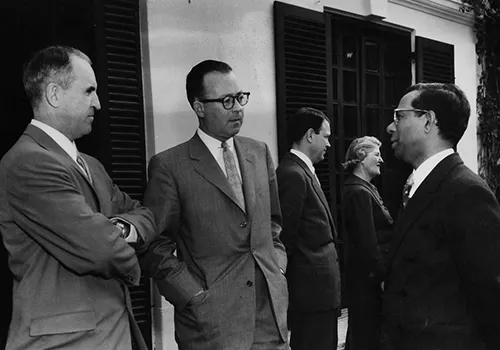
1950
Gaither Report
A blue-ribbon panel, commissioned by Henry Ford II and led by H. Rowan Gaither advises the foundation to become an international philanthropy dedicated to advancing human welfare by reducing poverty and promoting democratic values, peace, and educational opportunity.
1952
International offices
The foundation opened its first international non-US office in India. In subsequent years, the foundation opened offices in Indonesia (1953), Nigeria (1958), Egypt (1959), Brazil (1962), Kenya (1962), Mexico (1962), China (1988), South Africa (1993), and Colombia (2016).
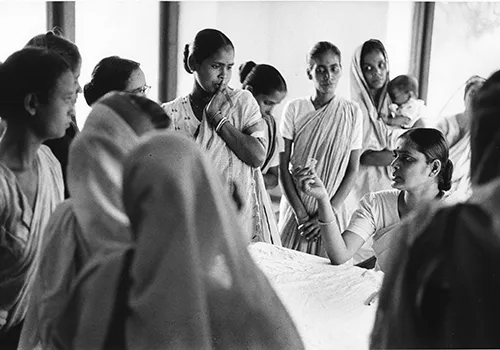
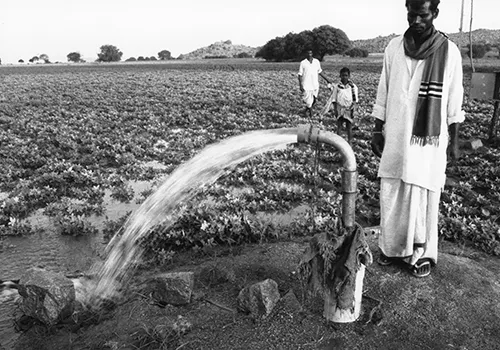
1964
The Green Revolution
The foundation funds agricultural development programs on three continents. Later, Ford and the Rockefeller Foundation establish research centers in Mexico, Colombia, Nigeria, and the Philippines, laying the groundwork for the Green Revolution.
1967
A center for social justice
The foundation’s landmark building in New York City opened as an innovative urban space that captured the aspirations of Ford’s social justice mission. In 2018, after an extensive renovation, the foundation’s headquarters reopens as the verdant, vibrant Ford Foundation Center for Social Justice.
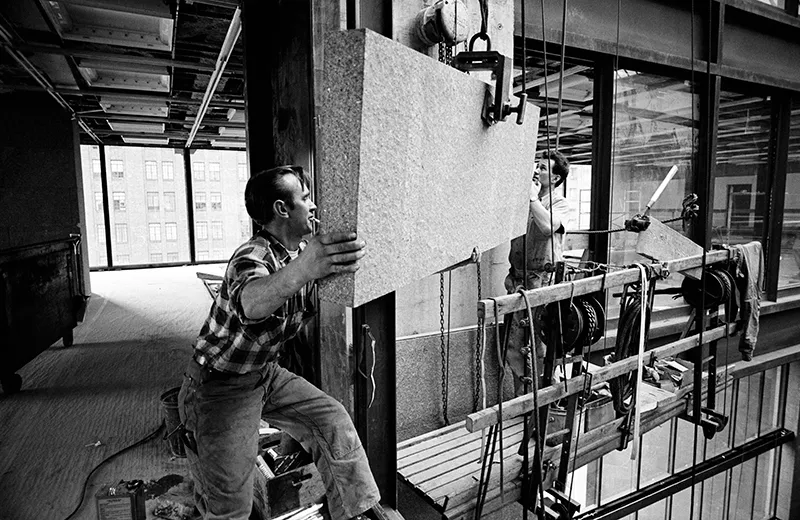
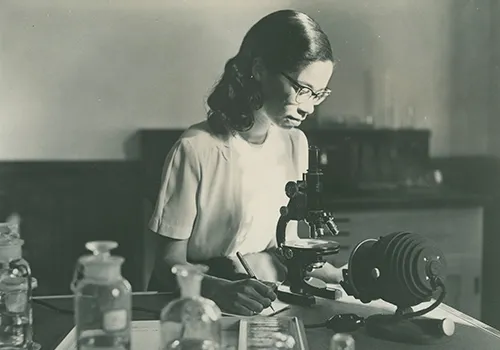
1968
Equal under the law
Foundation president McGeorge Bundy increases funding for civil rights groups—from 2.5% of annual giving in 1960 to 36.5%. The Legal Defense Fund (LDF) receives significant support for civil rights litigation.
1970
Neighborhood safety
Ford supports organizations that research, monitor, and improve law enforcement, including the Police Foundation and the Vera Institute of Justice.

1973
A new kind of bank
The foundation finances the creation of what is now ShoreBank Corporation, one of the U.S.’s first community development banks serving businesses, individuals, nonprofits, and faith-based organizations located in low-income communities.
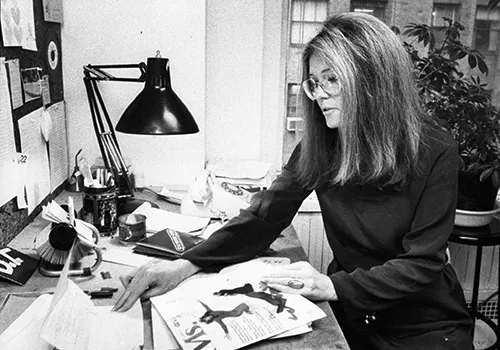
1976
A movement for gender equity
After two decades of supporting gender equity efforts, Ford funds the National Organization for Women’s Legal Defense and Education Fund and the International Women’s Health Coalition.
1979
Human rights
The foundation provides capacity building support to international human rights groups, including Human Rights First, Global Rights, and Human Rights Watch.
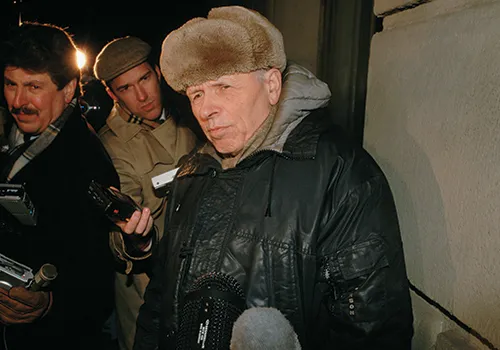
1982
Community colleges
The foundation launches the Urban Community College Transfer Opportunities Program, helping 71 community colleges prepare students for higher education.
1983
Public radio
Ford supports National Public Radio to distribute music, drama, and public affairs programming to 283 public radio stations across the country.
1987
Workplace equality
The foundation supports the Working Women Education Fund, the Coal Employment Project, the Women’s Equity Action League, and the Center for Women Policy Studies to further promote workplace gender equality.
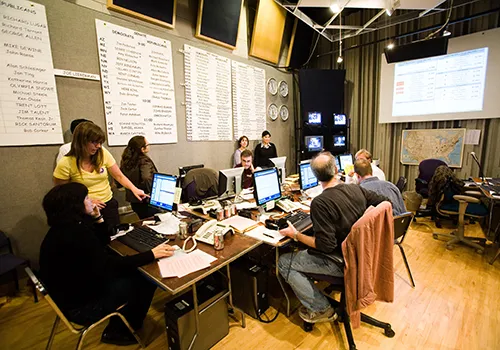
1988
Government innovation
Harvard’s Kennedy School of Government administers the foundation’s Innovations in State and Local Government Awards Program, honoring creative approaches to important social and economic problems at the state and local levels. In 2001, Ford’s $50 million endowment grant establishes the Kennedy School’s Ash Institute for Democratic Governance and Innovation.
1990
Native American art and culture rights
To bolster its commitment to Native American art and culture, Ford supports the Smithsonian Institution’s newly established National Museum of the American Indian.
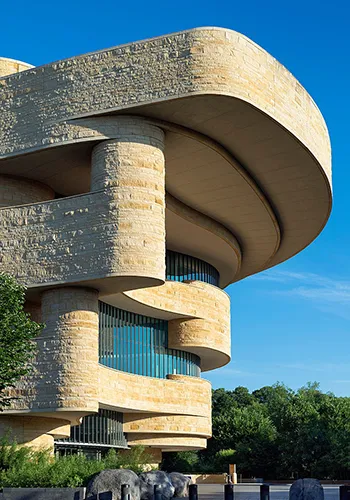

1992
Community forestry
The foundation’s innovative forestry initiatives engage rural communities and forestry agencies to improve forest land management and create economic opportunities for rural households.
1994
Fighting violence
Research and advocacy grants in Brazil and the Philippines fight gender-based violence. In South Africa, the foundation supports the Women’s Development Foundation to establish a legal aid and advocacy clinic.
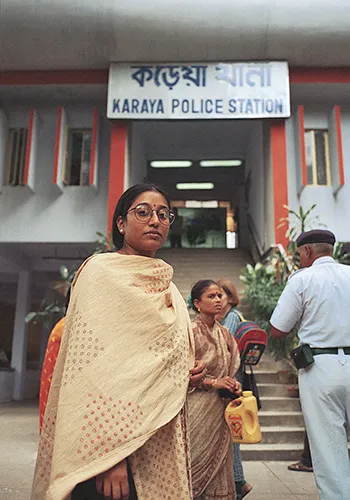
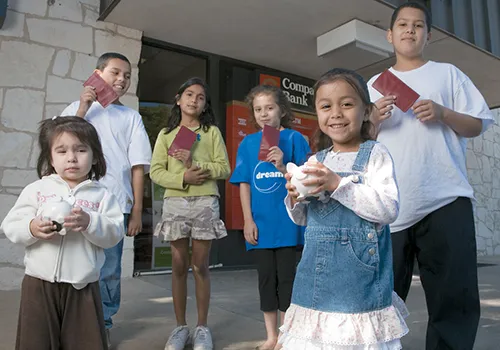
1996
Toward economic security
The foundation initiates the American Dream Demonstration to assess if individual development accounts—matched savings accounts— help low-income people move out of poverty.
1998
Homeownership
The Center for Community Self-Help, Fannie Mae, and Ford develop the Self-Help Initiative, offering affordable mortgages to historically excluded home buyers.
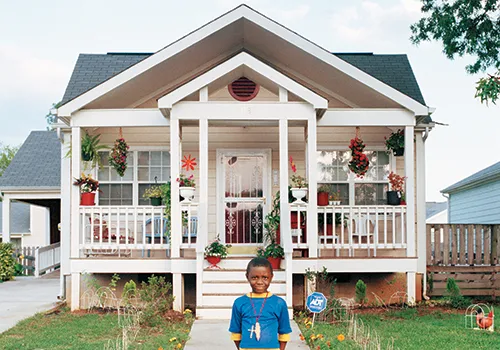
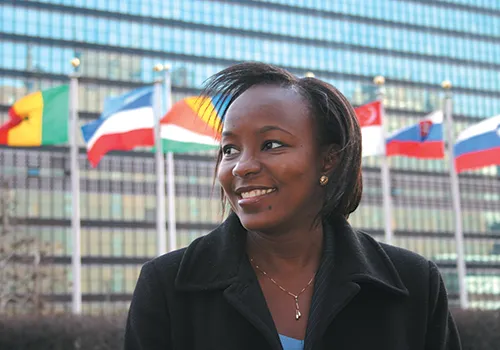
2000
Global South scholars
With $280 million to the International Fellowships Program, the foundation’s largest grant supports thousands of graduate and postgraduate scholars from Africa, Asia, Latin America, and the Middle East. The foundation also commits an additional $150 million for the Partnership for Higher Education in Africa.
2005
International philanthropy
A $100 million initiative supports 18 emerging and established foundations in Africa, Asia, the Middle East, the Americas, and Eastern Europe. In 2006, the foundation helps establish TrustAfrica.
!["Khabar Lahariya," a local weekly newspaper, is produced and distributed by newly-literate women in the Bundelkhand district of Uttar Pradesh in northern India. [Photo: AMI VITALE/NIRANTAR]](https://www.fordfoundation.org/wp-content/uploads/2023/07/a_legacy_of_social_impact_2005.jpg)

Recovery and resilience
After Hurricane Katrina strikes the Gulf Coast, Ford supports relief organizations and invests in equitable, long-term sustainable recovery efforts. The foundation later conducts similar recovery after hurricanes affect New York City and Puerto Rico in 2012 and 2017, respectively.
2007
Responding to economic distress
Ford commits $25 million to the New Economy Initiative for Southeast Michigan, helping revitalize the state’s struggling economy. In 2009, the foundation makes an $80 million investment to improve economic stability for U.S. workers nationwide.
2013
Bard Prison Initiative
The foundation supports an innovative program that enables incarcerated people to earn a college degree while serving their sentences. In 2017, Ford began its Bard Associates program to hire graduates of the Bard Prison Initiative and provide them with professional development opportunities.
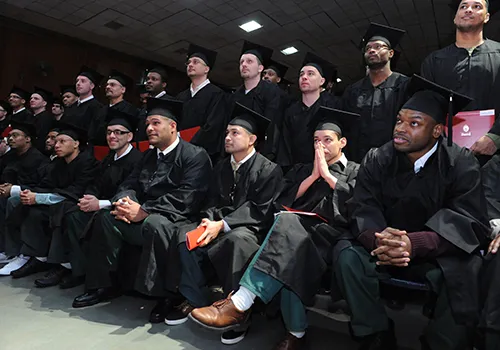
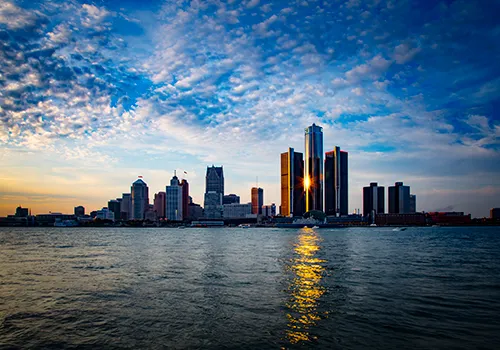
2014
Grand bargain
With a $125 million investment, Ford leads the philanthropic response to resolving Detroit’s bankruptcy and signals its interest in helping the city secure strengthened democracy and increased civic engagement for all.
2015
BUILD
Ford launches BUILD, a five-year, $1 billion investment in the long-term capacity and sustainability of 300 social justice organizations addressing inequality around the world. The foundation renewed BUILD in 2021 with an additional $1 billion.

Public interest tech
The foundation invests in building a robust, diverse field of technologists worldwide who apply a social justice lens to problems and programs. This is the emerging field of public interest technology.
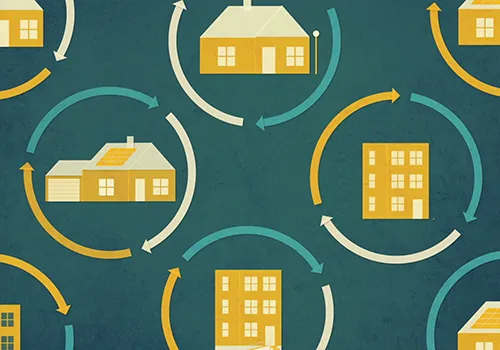
2017
Mission-related investments
With a $1 billion commitment from its endowment, Ford makes a 10-year pledge to support the nascent field of mission-related investments, leading by example and encouraging other foundations and institutional investors to consider the promise and potential of impact investing.
Art for justice
Launched with a $100 million donation from philanthropist Agnes Gund, the Art for Justice Fund turns art into action, spotlighting mass incarceration in the United States. Ford also manages grants to strengthen education and employment opportunities for formerly incarcerated people.
2020
Social justice bond
In response to the COVID-19 pandemic, Ford issued a $1 billion social bond, the first by a non-profit in the U.S. taxable corporate bond market. The social bond allows the foundation to double its grantmaking in 2020 and 2021 to help sustain essential non-profit organizations.
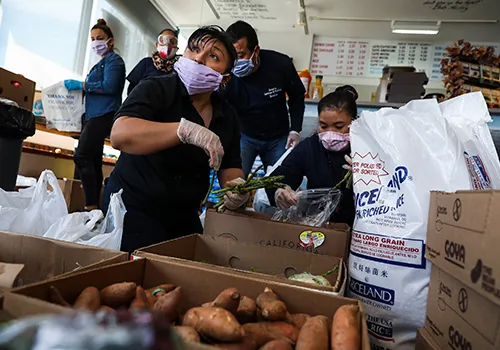
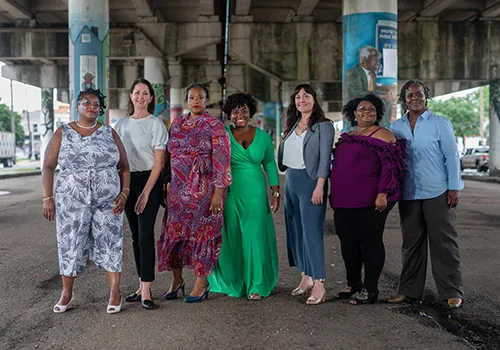
2021
Gender equality
Pledging $420 million over five years to tackle gender inequality, Ford addresses the growing gender-based violence epidemic, reinforces the need for a care-based economy, increases workplace equality, and brings critical resources to feminist movements and women’s rights organizations.
America’s cultural treasures
In partnership with more than 40 funders, Ford launches an initiative to honor America’s cultural diversity of artistic expression and excellence and provide critical funding to organizations impacting the artistic landscape. This partnership generates over $276 million in new funding for arts organizations nationwide.

Disability rights
After five years of integrating a disability-inclusive perspective across all its grantmaking globally, the foundation launches a dedicated program focused on advancing the rights of people with disabilities in the United States.
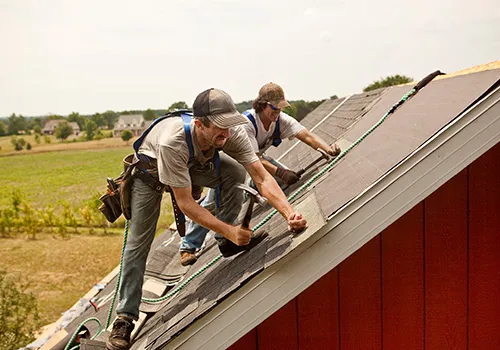
2022
Rural America
With more than $130 million in new funding, the foundation increases its support to communities in the rural Midwest and South. Grantees include Heartland Forward, a nonpartisan “think and do” tank and Appalachian Community Capital, which raises money for small businesses in 13 states across the Appalachian region.